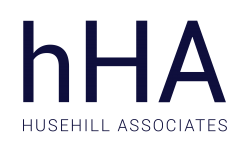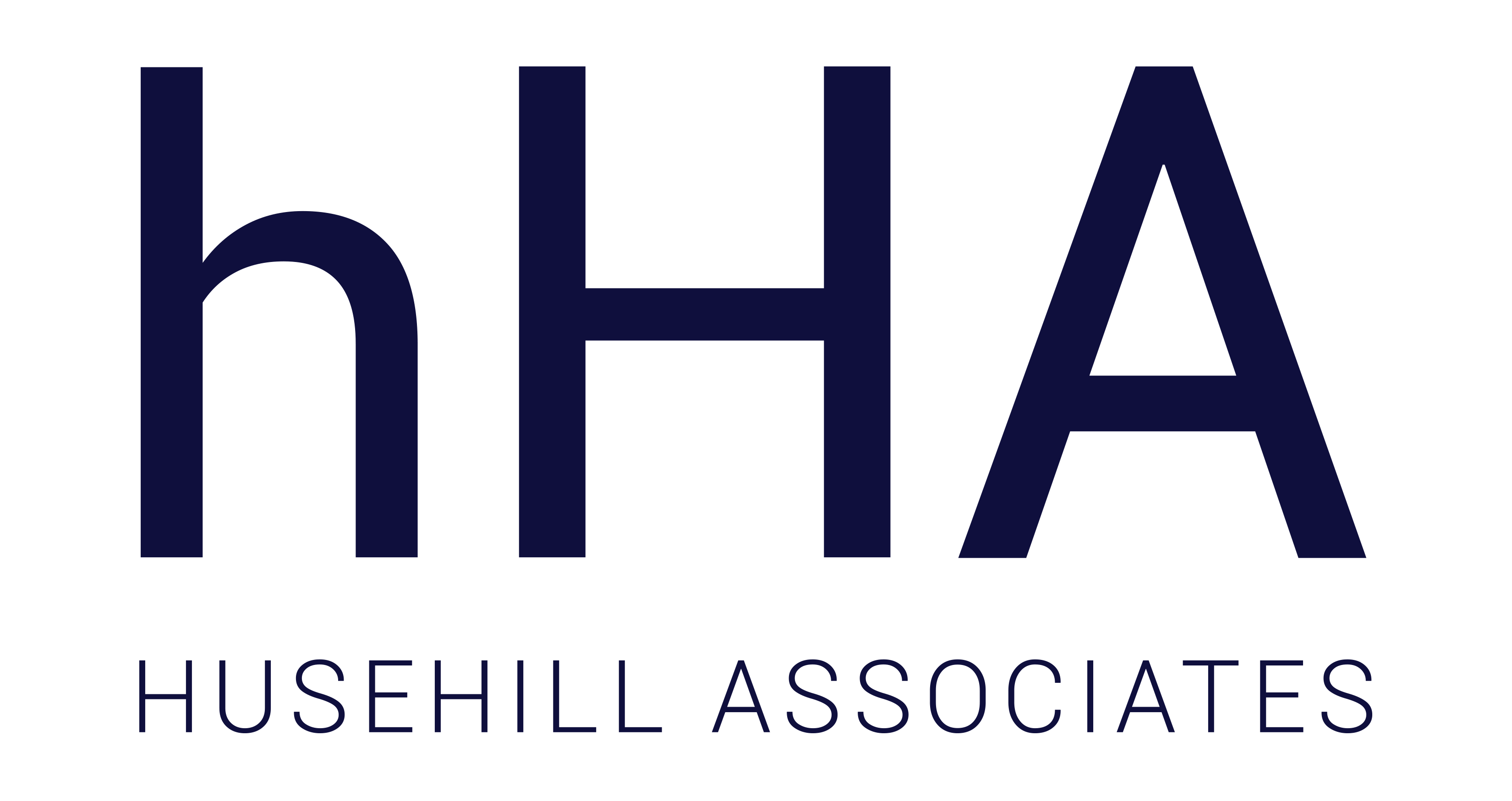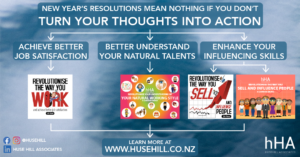Post Statistics
This post has 716 words.
This post has 4214 characters.
This post will take about 3 minute(s) to read.

Performance Appraisals. Do those two words give you a shudder down your spine? Do you get knots in your stomach waiting to see what someone thought of your job performance over the last period?
Appraisals are meant to give you an assessment of the work you have done since you were last assessed. A clear measurement of how well you’re performing in your job.
One of the problems with appraisals is that a lot of organisations focus on the last 5 events you have had, not over the total period of evaluation. If those last 5 events were negative, then it follows that your appraisal will be negative.
Appraisals are often subjective too. They come out of opinions and aren’t focused on what they should be focused on, the outcomes for the organisation.
And if you have had a bad appraisal, what do you do? You go back to the people who gave you that appraisals, but do they have the tools, resources and time to help you? Often, they’re busy with their own work or they may have their own bad appraisals to deal with.
So, all in all, the way many appraisals are graded is not just ineffective, they can be inefficient as well. And yes, there is a difference between efficient and effective. Efficient is being competent to do a task, effective is being able to create results with that task.
We come back to a topic that I’ve written about before: Key Performance Indicators (KPI) vs Key Business Outcomes (KBO), here.
As I’ve said before, KPIs are too focused on serving those at the top, making sure they get their bonuses and the return for shareholders. Where they should be focused on is the future of the organisation. Helping the organisation reach its goals and potential.
By having each worker list their Key tasks and aligning them to their Key Result Area, as measured by KPI’s, they can increase their effectiveness to the organisation’s Key Business Outcome. By having this structure in place, each worker can have a clear measurable idea of how they contribute to the organisation. In doing so, they can align themselves to be best effective and increase the results of the KBO’s. This big picture approach sifts all the way back down the chain to the worker. The better the business does, the more profit and worth the worker will have.
Focusing on KBOs will give you a goal and a roadmap that not only defines performance measurement but also helps identify what is important, what needs to be done and what can be let go.
Here is one way you can blow someone’s mind at your next appraisal.
Look at how you use your time at work. How you use your time will have the biggest impact on your results. You may be surrounded by many distractions and to save yourself from being bogged down by them, you need to commit yourself to what’s important.
If you have Outlook, you can do this by looking at your Calendar and after setting your appointments and your tasks, you’ll have a view of your Work Week in one snapshot. By knowing how much time you devote to each task in your week, you’ll have the ability to increase the productivity on the important tasks and decrease the unnecessary. This is also available in your One day view and Multi-day view.
Once you have determined your Natural Working Style and worked out your Key Result Areas, you can align your tasks to meet those goals. Then you can determine how much time you spend on those tasks whether it’s financial management, customer management, internal business processes, staff management, and so on.
You can use Outlook to show how much time you spend on doing what is important, and less on what distracts you from working towards your Key Result Areas. And you can measure your success against each KPI as determined by your KRA’s.
For many more ideas on how you can ace your next appraisal and increase your job satisfaction and productivity, check out our Bookstore for the latest edition of Revolutionise The Way You Work Using Microsoft Outlook, 2016 version.
Available in both hardcopy and ebook format.




